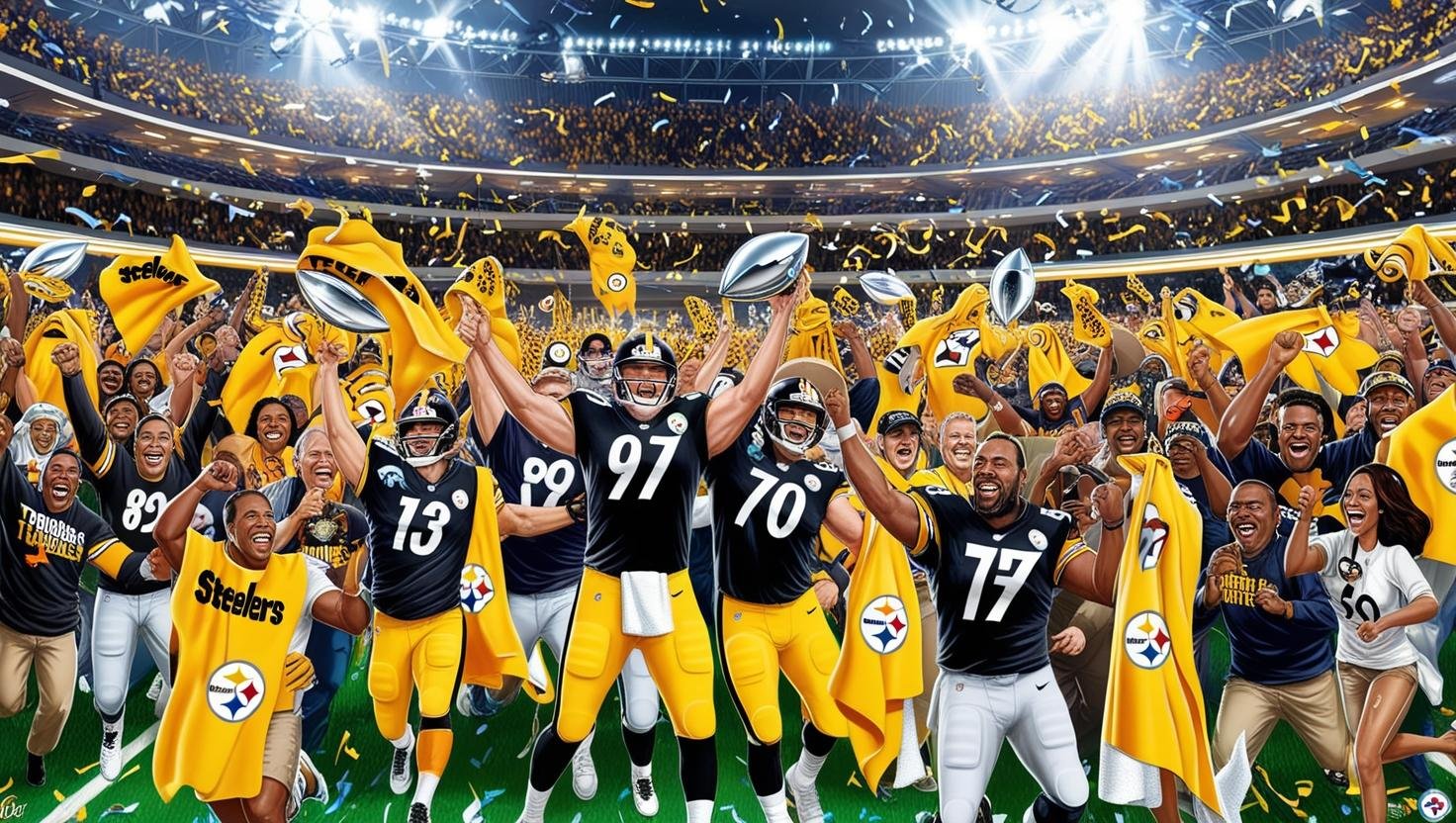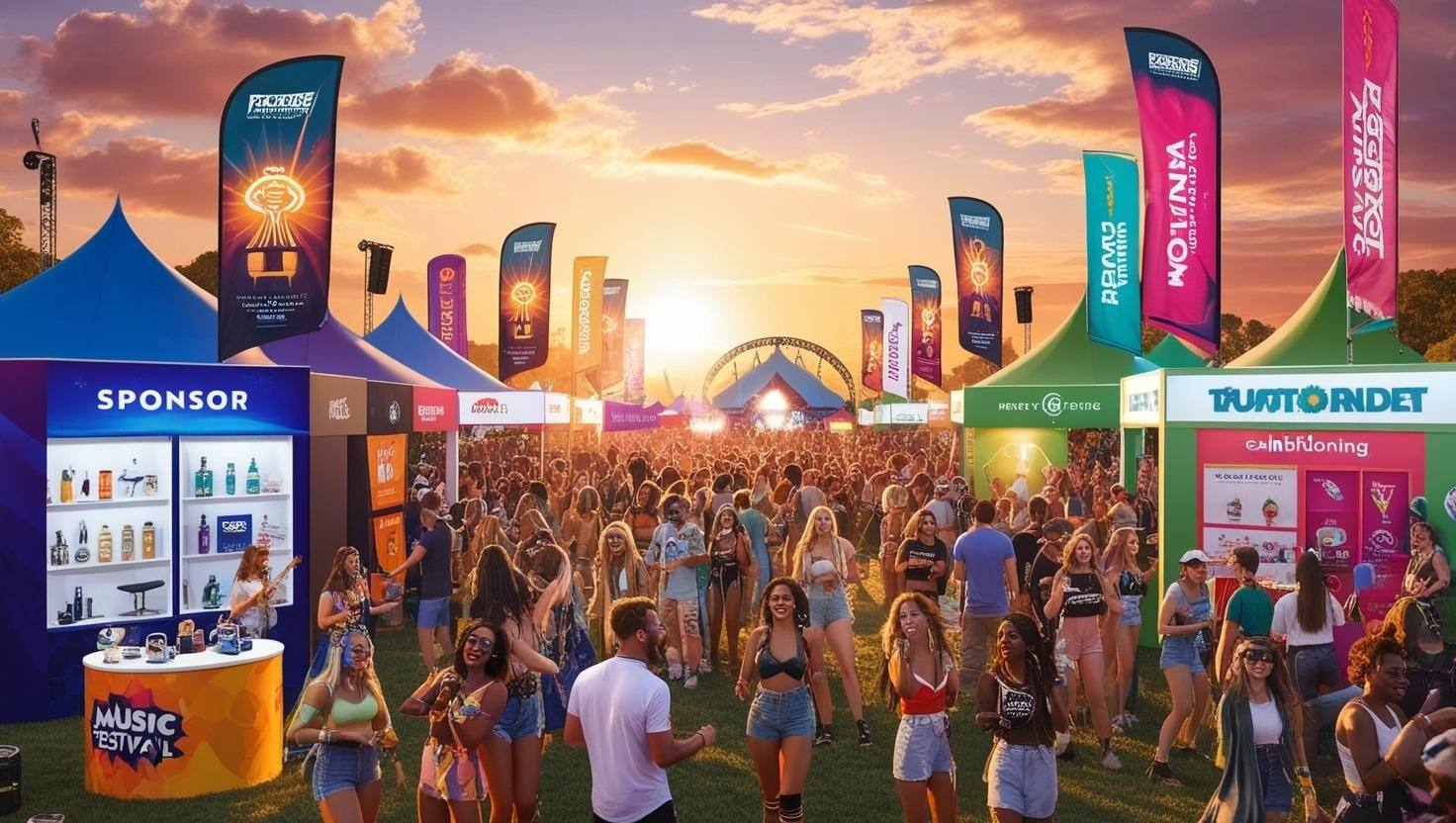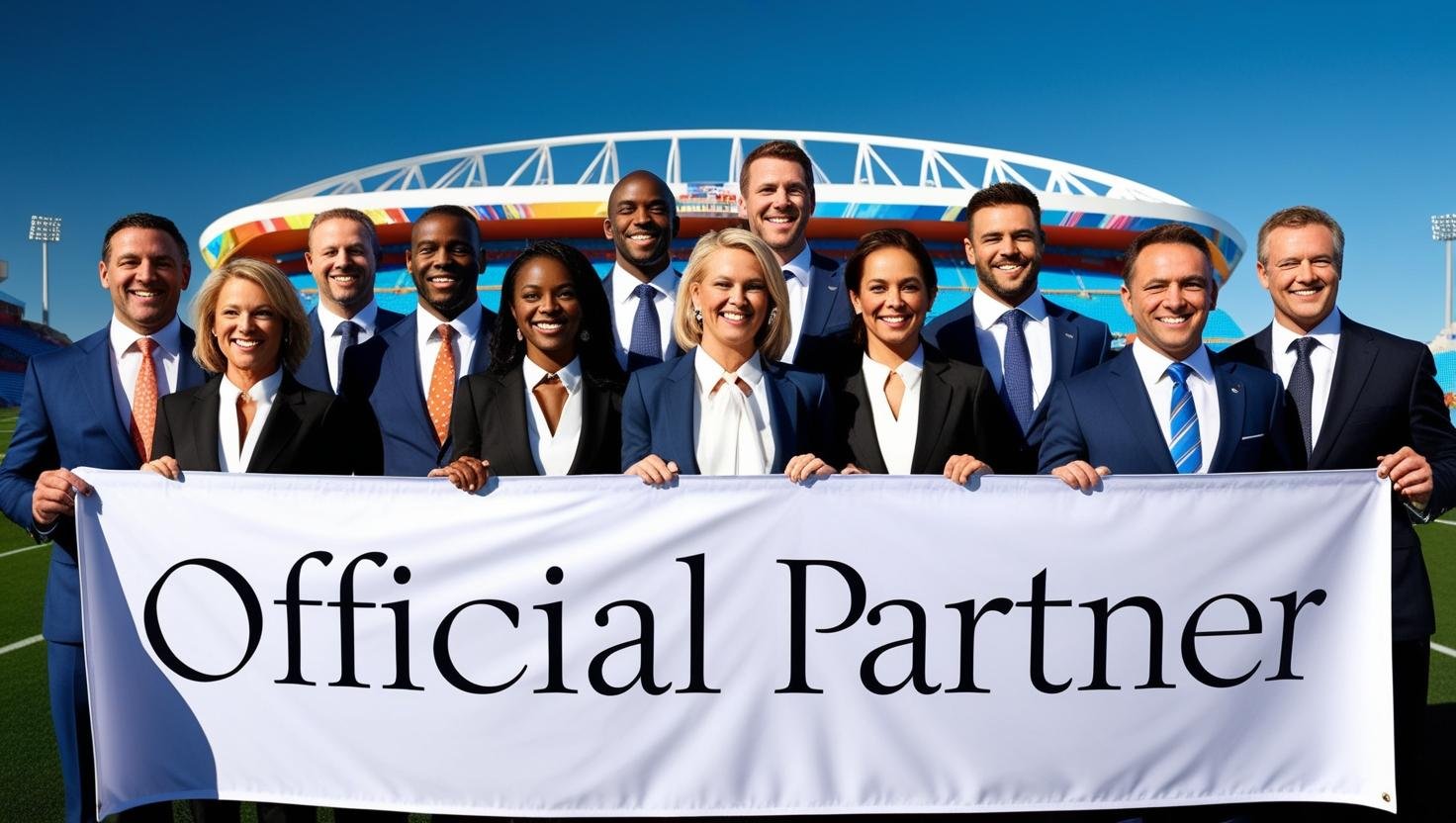Sponsorship Will Thrive in 2025
I am not a fan of New Year’s Resolutions. Nor do I have much talent or desire to make predictions about the economy, the world, or my beloved Pittsburgh Steelers, although I can predict with a high degree of certainty that we won’t win the Super Bowl this year.
I often head into a new year with a mangled sense of optimism and concern that tilts to optimism because I am naturally a glass-overflowing person.
Yet, 2025 is giving me some pause as I look around at a world wrestling with war, food & housing insecurity, political fireworks, and economic malaise. You may have your own list of concerns on both a micro and macro level that are keeping you up at night. This is the time we need to act like the best race car drivers in the world and remember that if we look at the wall, we will run into it, and the only course is to focus on the open road ahead.
For sponsorship marketers, what is that road? How fast will it allow us to drive? Are there unexpected curves ahead, perhaps inclement weather or bad drivers? What course should we set our GPS to follow?
My personal, and therefore biased, roadmap says that we should be very excited about the destinations ahead for the industry. Economists may say otherwise. Fine. I have already declared to you that I am an optimist.
Some of my optimism is rooted in the pessimism around us. That is because I have experienced several major economic crises during my tenure. Each time the marketing world has seen marketing budgets under attack, the opportunity to directly engage with the consumer proves to be a resilient strategy in the brand playbook. Whether at a conference, music festival, or charity run, a sponsor who cleverly activates generates the rewards of new leads, in-store support, and brand affinity. So when the media world is hard hit with massive budget cuts, your response as a sponsorship practitioner is to put forward an alternative that costs 1/3 of mass spending and can deliver 3X the impact.
A second reason for my optimism is that today's tools help validate our pursuit of the right audiences for our brands. For those of you old enough to remember doing sponsorship marketing at the start of the last quarter century, also known as Y2K, I dare you to recall what platform, data stacks, tools or software existed to allow you to identify consumer preferences and affinities. Similarly, what did we have at our disposal for tracking, measuring, evaluating and optimizing our programs? Today, we have the equipment to do the job, when in the past, our DIY efforts were not only a significant lift but were unconvincing to CEO’s and CFO’s.
Combined with the need to find great value, those tools will continue to help under the radar and smaller properties thrive. The upcoming year will allow smaller properties to strut their stuff with big brands as they demonstrate the uniqueness of their offering and, correspondingly, of their audiences. Articulating this story to marketers while showing that you are a flexible, collaborative partner will resonate with budget-conscious decision-makers. The eye of the storm, which challenges more prominent properties, can be easily avoided by a more nimble, agile property.
Let’s take this third point of optimism and flip it around from the benefit it bestows on the property to the brand. As a marketer, you will be challenged in 2025 to find cost efficiencies. Often, leaders revert to the fewer, bigger, better mantra. While this may be a worthy outcome to pursue, implementers frequently confuse the end with the means. Doing fewer, bigger, better things does not mean doing less. In fact, I would argue the opposite, that you should do more specific, detailed micro activities that ladder into a discreet list of defined and focused goals. If you agree with me, take the time in 2025 to do the due diligence to find those properties you may have overlooked. They may be a unique aspect of a well-known large, an emerging, or a long-standing property that you realize how to unlock its distinctive elements once you get to know them.
As life becomes more challenging, consumers will continue to look for moments to celebrate—the big and the little. They will reward the brand that helps them enjoy the day with their family, meet their favourite artist up close, support the cultural attraction they could not afford to attend on their own or ensure their children’s hospital is ready when needed.
Sponsorship can do those things that no other marketing activity can, in good times or bad.





